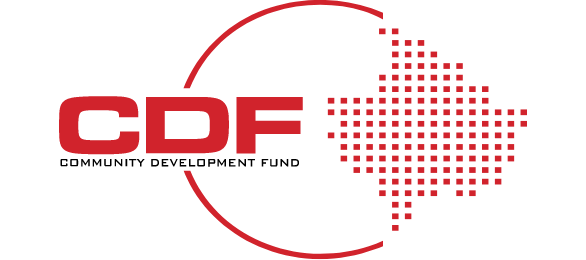In the competitive landscape of MSMEs, understanding your customer is not just an advantage; it’s a necessity. Customer personas offer you a semi-fictional representation of your ideal customer based on market research and real data. This comprehensive guide aims to navigate Kosovo’s MSMEs through the intricate process of creating and utilizing customer personas to drive business growth.
Why Customer Personas Matter
Customer personas are more than just profiles; they are pivotal in informing various facets of your business. They influence product development, customer service, and most importantly, marketing strategies.
The Kosovo Context
Understanding local nuances is vital. In Kosovo, for example, a vast majority of sales often come from a concentrated customer base due to community-driven buying behaviors. Hence, creating localized personas can provide a significant edge.
Key Components of a Customer Persona
- Geography
Where are most of your customers located? Kosovo has distinct regional markets, each with its unique traits and preferences.
- Demographics
Age, education, and occupation can all significantly impact buying behavior. In Kosovo, where the median age is relatively young, catering to a younger audience might be more profitable for certain businesses.
- Psychographics
Understanding the values, interests, and lifestyles of your customers can add a deeper layer to your personas.
- Transactional Preferences
In Kosovo, cash transactions are still prevalent, especially in rural areas. Understanding how your customers prefer to do business can shape your payment systems.
How to Create Customer Personas
Step 1: Identify Your Top Three Customers
Think about the customers who bring the most value to your business. What are their common traits and behaviors?
Step 2: Segment and Analyze
Use CRM tools or customer surveys to segment your customer base. In Kosovo, you might find that family-owned businesses or young entrepreneurs make up a significant portion of your customer base.
Step 3: Develop Persona Profiles
Create detailed profiles encapsulating all the traits, behaviors, and preferences you’ve gathered.
Step 4: Implement
Use these personas in product development, customer service training, and marketing strategy. For instance, if your personas reveal a tech-savvy young audience, digital marketing might be more effective.
Customer personas are not static; they are dynamic tools that evolve with your business and market trends. Especially in Kosovo’s rapidly evolving MSME landscape, staying updated on your customer personas can be a key differentiator. By following this guide, Kosovo’s MSMEs can create customer personas that are not only data-driven but also deeply rooted in the local business landscape, thereby enabling more targeted and effective business strategies.






